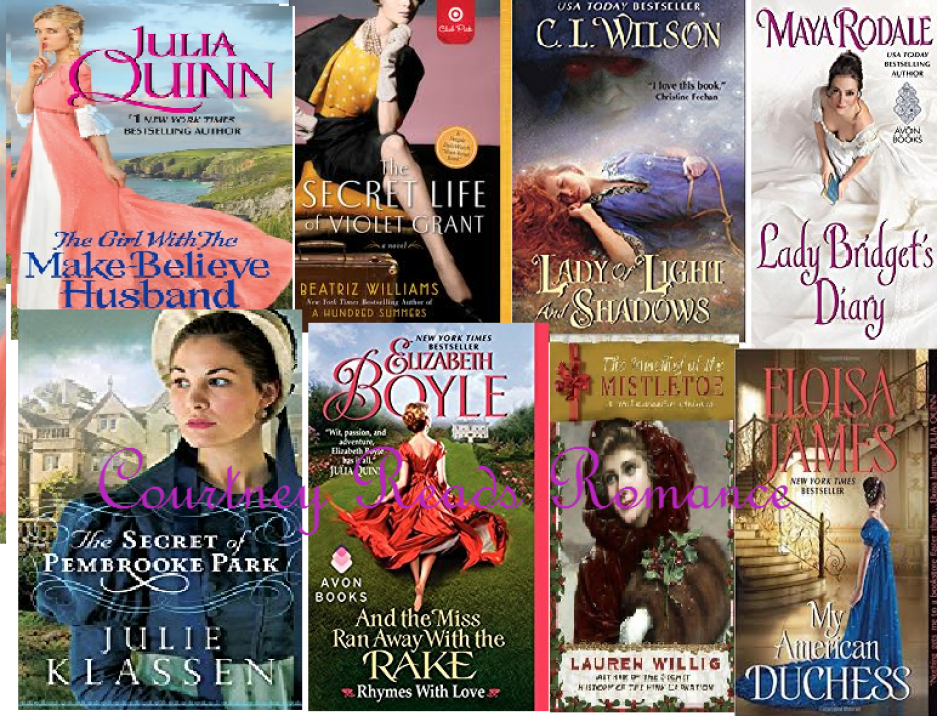Cole, Alyssa. A Prince on Paper. New York: Avon Books, 2019.
Mass Market Paperback | $7.99 USD | ISBN-13: 978-0062685582 | 377 pages | Contemporary Romance
3 stars
A Prince on Paper has a lot of great ideas, but it is one of those books where it feels like the ideas all got jumbled up in execution. I found the setup appealing, with its setup that feels just slightly reminiscent of Prince Harry and Meghan Markle (whether that was Cole’s intent is uncertain, since the characters first made appeared in book one of the series, A Princess in Theory, which came out in 2017, and was likely in development for a while prior).
And the characters themselves are very likable and complex. Nya is dealing with a lot with her father in prison following his traitorous actions in A Princess in Theory, and Johan, behind his playboy facade, is deeply concerned about his younger brother and also dealt with loss in his past due to his mother’s death.
However, while the two of them being thrown together provided amusement at first, I found my investment in their potential as a couple flagging as the story grew more and more confusing. Ultimately, I found myself skimming more than actually reading, because the romance, especially once it hit the Big Misunderstanding, did not feel well executed.
However, I really appreciated the subplot surrounding Johan’s sibling, Lukas coming out as non-binary, and especially the discussion around the issue of proper pronouns not just in English but in other languages too, as well as promoting awareness and compassion for non-binary people. I hope that, given that Cole has announced plans for a spinoff series set in the same world, that that means Lukas will get their own book.
In summary, this book seems to have the same issue that the other two novels in the series had, of being poor executions of promising ideas, as well as trying to do a little too much, to the point of neglecting to make the central romance convincing, a problem which did not plague the novellas, due to their shorter length. However, this series is still fun and has great characters (the strongest part of the series overall), and I would still recommend them to those looking for diverse and fun contemporaries.











